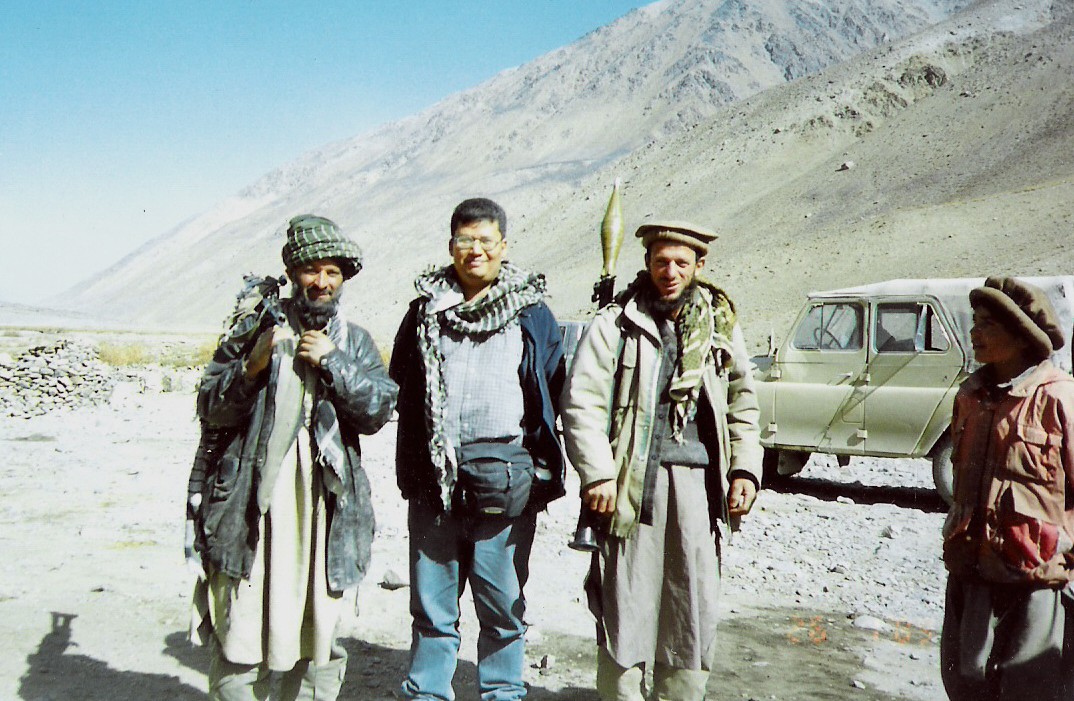MARCH 28, 2009
DON PATHAN
THE NATION
EIGHT YEARS ago, then-prime minister Thaksin Shinawatra came into power and vowed to patch things up with Burma’s military government, one of the world’s most condemned regimes.
He tried hard to convince Rangoon of his sincerity even if it meant going against international sentiment, not to mention the Army, which he accused of “over-reacting” in its dealing with a cross-border clash with Burmese forces.
Thaksin, in line with his shoot-from-the-hip nature, said Thailand’s armed forces would end their tacit policy of using Burmese insurgent groups as buffers.
In the same breath, the PM also said aid organisations tending more than 100,000 refugees displaced by fighting in Burma would have to scale down their operations. He said they were interfering with his efforts to normalise ties with the junta.
Thaksin believed that his brand of “personal diplomacy”, backed with promises of development and economic cooperation, would be sufficient to pave the way for a bigger and better future with the junta. And while all that sweet talk about development and assistance was expected, what caught many Burma-watchers’ attention was the word “buffer”.
Apparently loose-lipped Thaksin didn’t know that the insurgency along the Thai-Burmese had a life of its own. How Thailand positions itself in relation to Burma’s insurgency is also a factor that defines this relation.
In 2003, the foreign minister, Surakiart Sathirathai, tried to push through the “Bangkok Process”, a multinational forum to steer Burma towards reform. He succeeded in getting the late Karen leader General Bo Mya and his son Ner Dah to visit Rangoon and map out a blueprint for peace talks, but nothing came of it.
Surakiart’s “road map” was essentially jinxed from the very beginning because the junta did not see Thailand as an honest broker, for obvious reasons.
A tactical retreat was made possible when Burmese prime minister Khin Nyunt announced in August 2003 that the junta’s seven-step reconciliation plan would include a constitutional drafting assembly and general elections by 2010.
One of the unwritten laws along the Thai-Burmese border is that if a rebel army is pro-Rangoon, it can be considered a threat to Thai security. The 20,000-strong United Wa State Army automatically comes to mind.
Likewise, if the outfit is fighting Rangoon for autonomy or secession then it is friendly to Thailand. Groups like the Karen National Union, Shan State Army and Karenni National Progressive Party fall into this category. This law is likely to prevail until security concerns take a back seat to bilateral cooperation. The question is what must be done for both sides to achieve that needed comfort level.
The Thaksin government tried to influence change in Burma by keeping the West at bay but failed. This time around, the Democrat Party, with a track record of being critical of the junta, is suggesting that there is a need to think outside the box.
During his recent visit, Foreign Minister Kasit Piromya brought up the issue of these so-called proxies along the border. He was asked by the junta to urge the ethnic rebel armies along the border to join Burma’s seven-step national-reconciliation plan, a process that has been billed a sham by critics.
However, it is not clear what Kasit will do next with regard to this request, which from a historical perspective may be way over his head. A bit of wishful thinking, perhaps, if Thailand thinks it can “mediate” peace talks between the rebels and the junta. Facilitation, on the other hand, is more plausible.
From a bird’s-eye view, the Thai-Burmese border is characterised by its cut-throat politics where rebel leaders, opium warlords, the Thai Army and Burmese generals play for keeps. As long as anyone can remember, armed ethnic groups have always functioned as a buffer between the two nagging neighbours. At the behest of the Thai or Burmese militaries, these ethnic armies do all the dirty work, keeping the hands of their respective overlords clean.
Most of these groups have entered into ceasefire agreements with the Burmese junta in exchange for limited self-rule in so-called “special regions” where they grow opium and churn out methamphetamines. Others have chosen legitimate businesses, granting Thai and Chinese businessmen logging and mining concessions along the border.
Burma doesn’t mind if these warlords fatten their wallets with the concession money as long as they remain in the junta’s “legal fold” and do not pose any security threats. Over the past two years, Burma has tried hard to get these groups to hand over their weapons, but success has been very limited.
On the surface, there haven’t been any outbursts along the border between the two sides for a fair while now.
But military officers on the frontline warn against reaching any premature conclusions. The absence of confrontation does not necessarily mean peace, they say. Mistrust still runs high. It is just that the two sides haven’t picked up their guns to display it.
https://democracyforburma.wordpress.com/2009/03/28/the-thai-burmese-border-has-a-life-of-its-own/

No comments:
Post a Comment